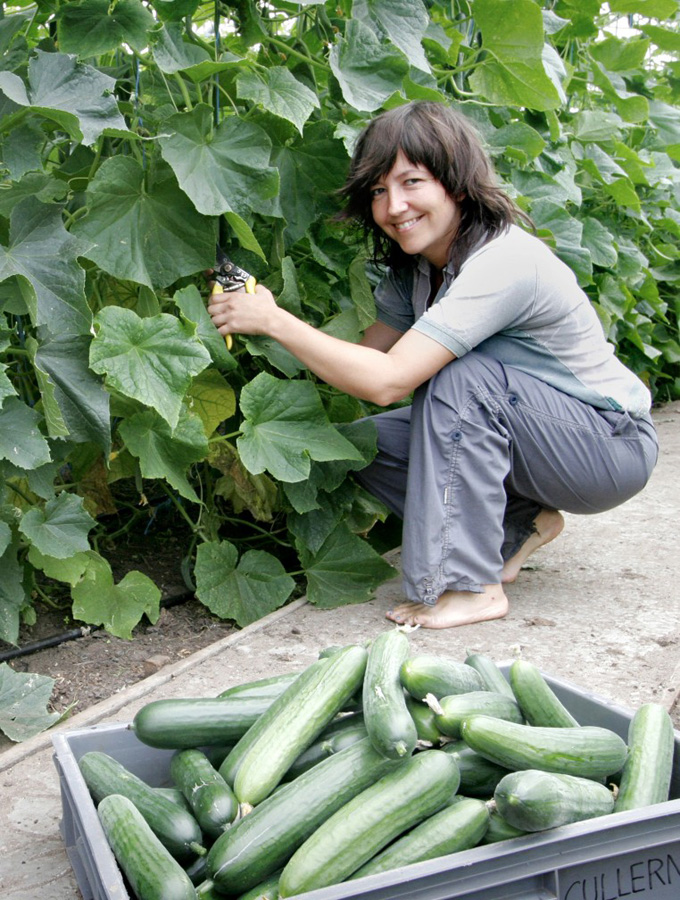Solheimar Iceland
The cultivation of man and nature
by Gudmundur Armann
Sólheimar is a unique community with a particular emphasis on the cultivation of man and nature. The community was founded in 1930 by Sesselja H. Sigmundsdóttur (1902-1974) as a children’s home, but has since evolved into a community where the needs of people, with or without disabilities, and others who need support, are provided for in a creative environment with artistic, cultural and environmental dimensions.
In 1930, Sólheimar village was the first place in the Nordic countries to practise biodynamic/organic agriculture, and the first to care for people with disabilities outside institutions. The theories of Rudolf Steiner had a formative influence on the community. Parts of the community still look to Steiner’s philosophy and those who shape today’s society regarding environmental and anthroposophical theories, but Sólheimar has also evolved on its own terms.
The village’s main strengths lie in the many possibilities that each individual has for employment, and the social dynamic within the community, where all residents, people with or without disabilities, volunteers and others are involved on equal terms.
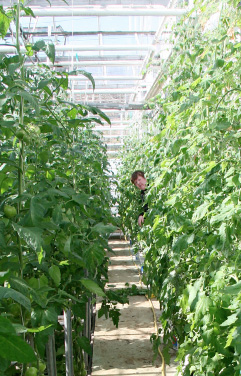
Edda in the greenhouse.
Sólheimar has had a great emphasis on being open and welcoming guests, while simultaneously making sure that residents can enjoy their privacy at home. About 35,000 people visit Sólheimar annually to learn about the environment, enjoy refreshments from certified organic ingredients, attend art and cultural events, buy organically certified vegetables grown on site, or bread and pastries from the bakery.
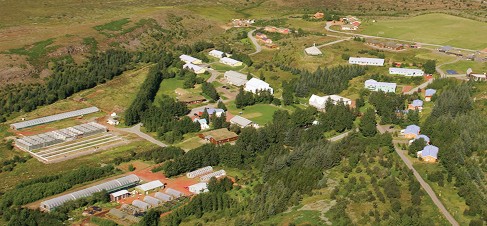
Aerial view of Sólheimar.
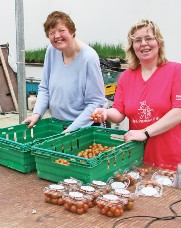
Edda and Loa packing tomatoes.
Location: Southern Iceland, ca. 80 km (50 mi) from the capital city of Reykjavik.
Established: 1930.
Area: 264 ha (652 ac), including 10 ha (25 ac) of gardens and 190 ha (470 ac) of forest.
Population: 120 people. Average age is 40 years old. Male/female: 50/50.
Housing: 52 homes, with a total living space of 4504 m2 (48,480 ft2), mostly single houses with a home for the elderly and two communal houses.
Common facilities: A total of ca. 10,000 m2 (108,000 ft2) museum, kitchen, bakery, canteen and office space, sports hall, gym, physiotherapy room, café, shop, church, storage building, guesthouses, eco centre, art workshops and greenhouses.
The ideology of Sólheimar is ‘reverse integration’, where the community is built up based on the needs of individuals with disabilities and other minorities, and where the able-bodied adapt to their needs. Environmentalism is an important and influential part of daily life in the community and shapes its development. Sólheimar is a global community which receives both short-term and long-term volunteers. Sólheimar cooperates with American educational organizations and university students can take a one-semester course, Sustainability Through Community, while residing on site.
Sustainability and personal development are interwoven into the daily lives of residents and constantly evolving. Although many aspects of Sólheimar are very successful, it is not a perfect society and there are many things regarding environmental issues that can be improved.
The advantage of Sólheimar is that many things are really well done, and we are systematically and continuously developing our community and trying to do better.
Welcome to Sólheimar!
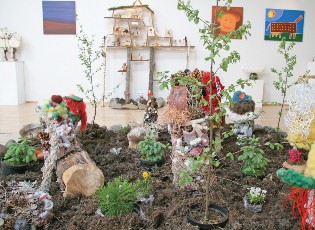
Exhibition in Sólheimar.
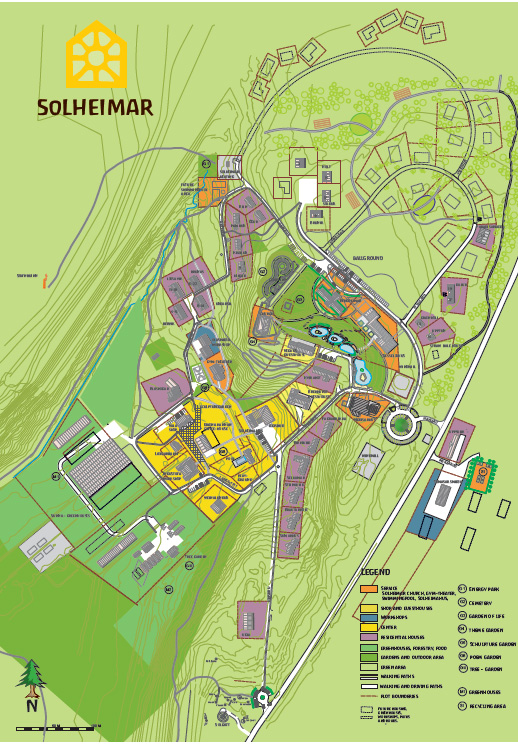
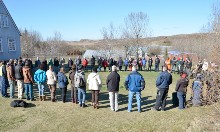
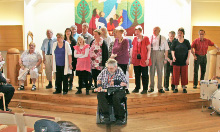
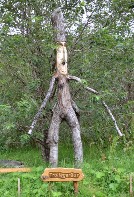
From top, morning circle, Sólheimar choir and troll.
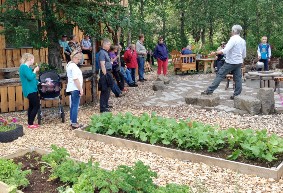
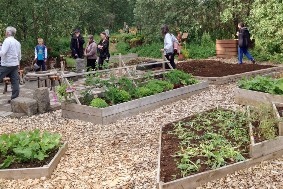
The permaculture garden at Sólheimar.
